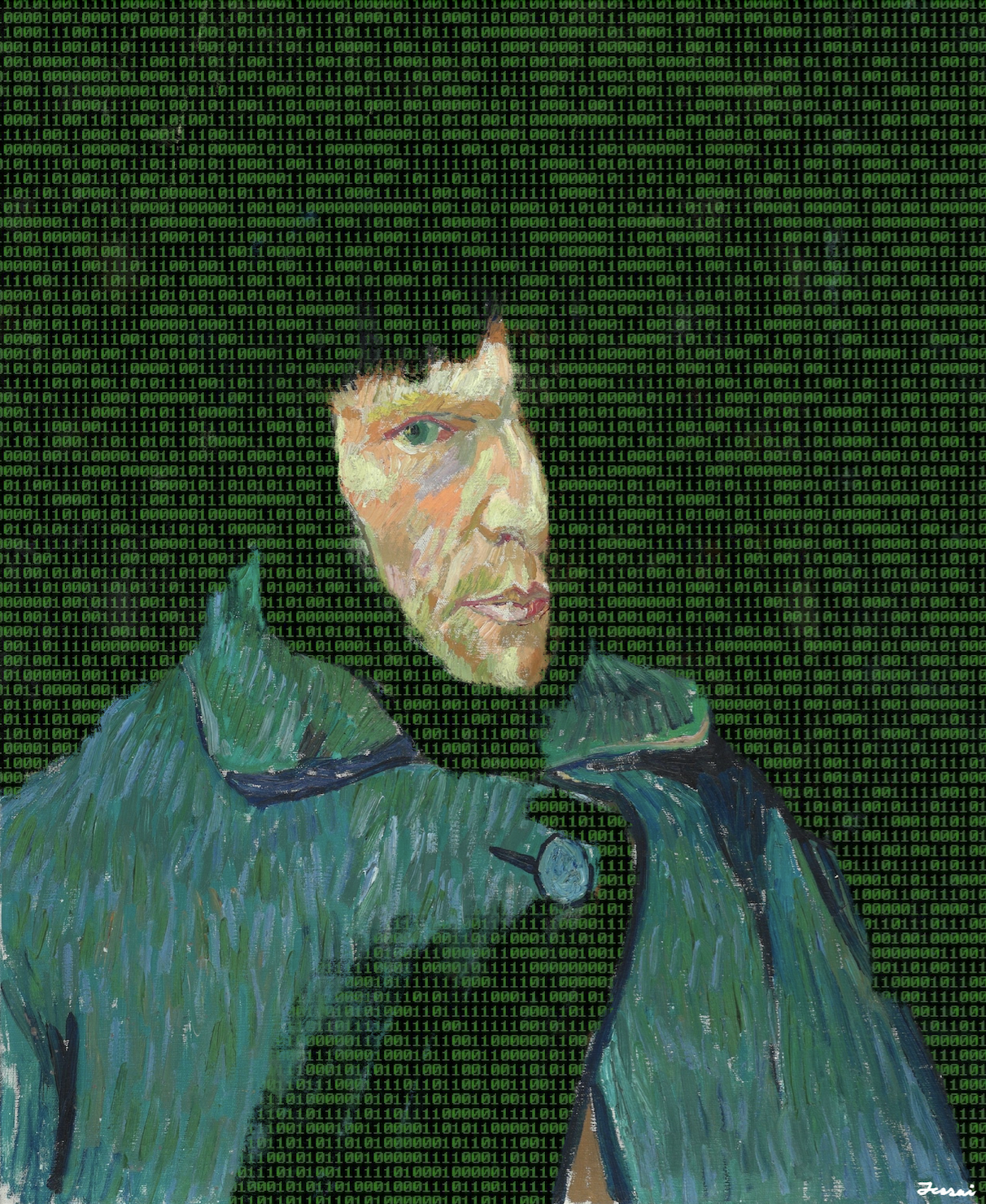
Jessai Flores, Illustrations Editor
For “AI artists,” the art-making course of includes determining what string of phrases will generate the very best picture — not what colours to combine or brush strokes to attempt.
Even the artistically challenged can produce respectable, generally misleading, photos utilizing synthetic intelligence text-to-image mills. In a survey of 504 Yale undergraduates, respondents may inform if artwork was AI-generated or human-made a median of 54 % of the time.
Yale consultants — from artists to AI researchers to authorized students — weighed in on the upcoming impact of AI artwork on society.
How does AI generate artwork?
Synthetic intelligence is designed to simulate human intelligence by means of laptop techniques. Programmed to synthesize data, acknowledge patterns and make selections, these techniques can full duties related to human intelligence.
Present AI text-to-image mills, reminiscent of DALL-E 2 or Midjourney, are skilled to imitate human creative skill. The generator “learns” a specific fashion or aesthetic by analyzing datasets containing hundreds to hundreds of thousands of photos. By understanding the relationships between visible data and their corresponding textual content descriptions, the system can create its personal photos in response to textual content prompts.
The next picture was generated in Midjourney by submitting the immediate: “A Yale class taught by Anderson Cooper carrying jorts.”
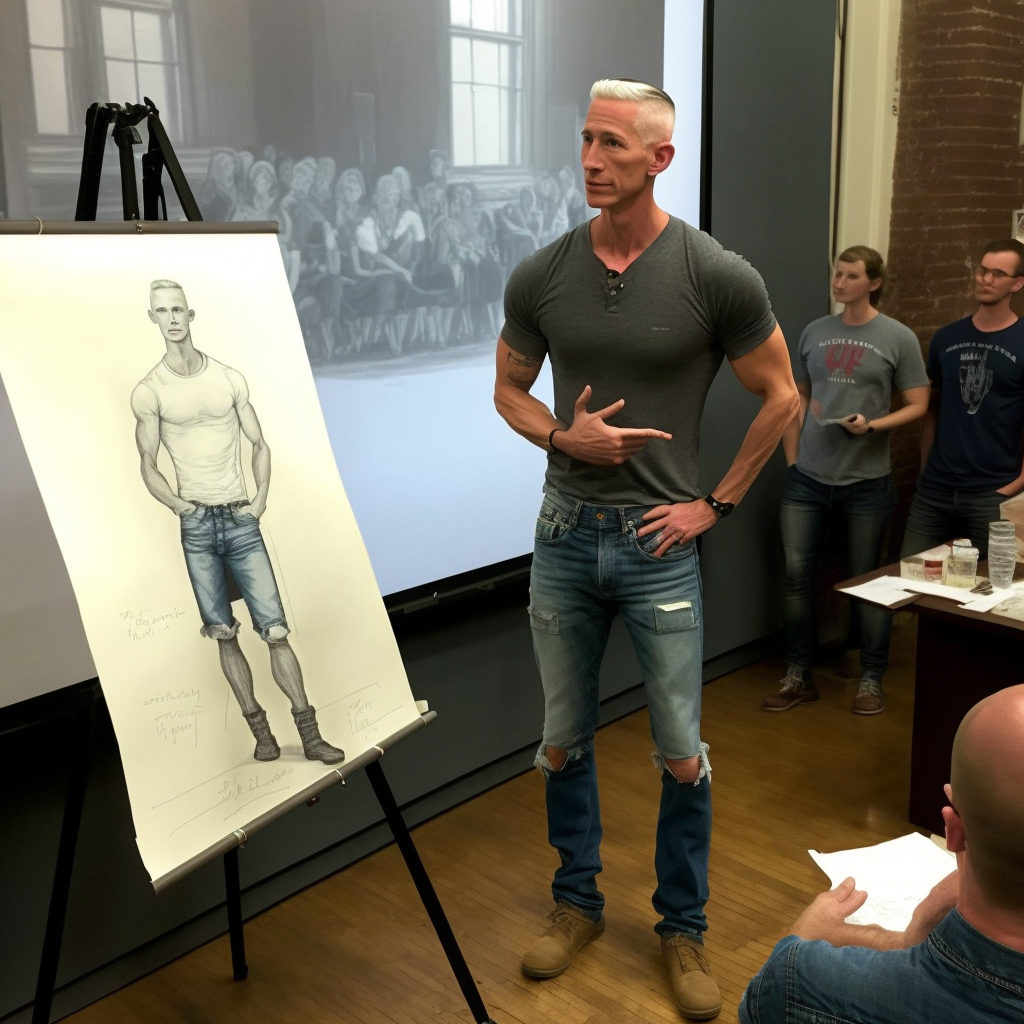
Will AI be a instrument or a substitute for artists?
AI artwork is each successful artwork contests and sparking lawsuits, inspiring a mixture of awe and anxiousness. Some name AI artwork mills “anti-artist,” citing the machines’ reliance on human artists’ work — obtained with out compensation or consent — for coaching. Customers of AI artwork mills may even instantly ask the AI to generate artwork within the fashion of a human artist, reminiscent of digital artist Greg Rutkowski.
“All of this artwork is taken with out the consent of those artists and the legal guidelines that exist usually are not actually defending them,” Ron Cheng ’25, a Yale Visible Arts Collective board member, mentioned. “I believe that there are sufficient artists on the market the place there shouldn’t actually be a have to make AI to do this.”
Moderately than a substitute, Cheng views AI as a instrument, not superior sufficient to push the artwork area ahead with out human artistry. For non-artists, Cheng defined, AI may very well be helpful as a instrument for artistic expression, nevertheless not at the price of individuals who spend their lives honing these expertise.
Brennan Buck, a senior critic on the Yale College of Structure and a training architect, makes use of AI as a instrument. Throughout the idea stage of a venture, AI might help him colorize or upscale photos. These minor contributions haven’t any impression on the artistic or conceptual components of the design course of, he defined.
“I believe in the end, AI shouldn’t be an actual menace to artists, notably as a result of it may be rambunctious and also you don’t have essentially the identical management over the design from an AI generator that you just would possibly from working with a designer,” Alex Taranto ’23, Yale Visible Artists Collective’s treasurer, mentioned.
Taranto admitted that AI is already impacting the artwork business in some circumstances. Nonetheless, she could be shocked if it reached the “superstar” realm of artwork, together with the Blue-Chip galleries, which promote highly-valued work by established artists. AI is extra generally getting used to generate artwork for video video games and for industrial artwork. In June 2022, Cosmopolitan unveiled “the world’s first” fully AI-generated journal cowl.
To some artists, the best hurt posed by AI is harm to their popularity. AI artwork mills are altering the way in which folks view artwork, in keeping with Cheng, a visible artist and laptop science main. Artists are already seen as a “decrease class,” he mentioned, “except you might be Van Gogh.” The act of AI replicating a talented artists’ work creates the notion that artwork is simple to create and proliferate, and due to this fact much less worthwhile.
“What’s extra necessary is the utter disrespect these AI ‘artists’ promote in opposition to the group and artwork as a craft, which is already extraordinarily undervalued in modern-day,” Kim Lagunas ’25, a scholar artist, mentioned.
Artists sue AI artwork mills
Final week, three artists filed a class-action lawsuit in opposition to high AI artwork mills, together with Stability AI, Midjourney and DeviantArt. The artists claimed that the AI firms had been utilizing copyrighted photos to coach their algorithms with out asking for consent or providing compensation.
To Lagunas, whose artwork focuses on 3D modeling, AI artwork represents a nonconsensual collage of different artists’ work. Lagunas described it as primarily “screenshotting” artists’ work with out their consent, then slapping it collectively and claiming possession over the ultimate product. Lagunas worries concerning the continued development of AI artwork producing software program, however sees potential for it to be useful to artists if topic to the identical copyright legal guidelines as music.
“As for the idea of AI artwork, I discover it fairly cool if it’s consensual and credit the precise unique artist,” Lagunas mentioned. “Primarily deal with it like how music [or] songs are these days, if an AI put collectively all of the works of the highest fifty artists and amalgamated all the pieces collectively right into a tune and uploaded, you finest consider all these artists would get credit score, fee fee and royalties.”
Cheng equally expressed a have to compensate artists for his or her contributions to the AI. Whereas many of the present funding in AI artwork helps creating the algorithms and to pay for the processing energy to create these photos, it’s human artwork that permits AI to realize a sure high quality.
Cheng imagines a system the place artists may submit their artwork into completely different classes, reminiscent of oil portray. If submitting work for a class reminiscent of “charcoal photos of animals,” utilization of this immediate may very well be analyzed and used to distribute pay accordingly. Nonetheless, he admitted that this might seemingly not quantity to “quite a lot of pay” due to the massive variety of photos wanted to generate every picture.
“I believe in a world the place it wasn’t essentially so capitalist, so consumerist, I believe AI may simply very naturally be one thing for good,” Cheng mentioned. “The place artists usually are not ravenous, and their work shouldn’t be being stolen to create one thing in order that [others] will pay artists even much less.”
The subject of AI is not any stranger to concern and suspicion, however concern over theft of artists’ work has nothing to do with AI and all the pieces to do with distributive justice, in keeping with Amin Ebrahimi Afrouzi, a resident analysis scholar who researches the ethics of computing at Yale Regulation College’s Info Society Mission.
Ebrahimi Afrouzi, who co-invented Collaborative AI, beneficial pondering of AI as a “piece of a code,” a instrument used by its homeowners for particular functions. The homeowners are those actively utilizing another person’s knowledge — whether or not for studying, copying, manipulating or collaging — to create new work. The truth that the instrument used is AI is irrelevant to the difficulty of copyright and to the ethics of this know-how.
The principle query turns into how cash gained from AI artwork must be distributed between the creators of the AI and the artists whose work the AI scraped.
“The solutions right here, as in conventional questions of copyright, will seemingly differ in every case and can depend upon each the diploma the AI exploits explicit items of present artwork and the use the ultimate product is put to,” Ebrahimi Afrouzi mentioned.
Buck expressed that the artistic use of AI with out attribution is a “actual concern” and can change the way in which cultural labor is compensated. Whereas sampling from different work shouldn’t be new to the artistic course of, usually the sources used could be cited. Against this, it’s troublesome to know precisely what photos AI fashions are drawing from and to what extent every particular person picture comes into play. Nonetheless, he’s not involved about his personal design work being utilized in these fashions.
“I wouldn’t request to be pulled from the information units,” Buck mentioned. “I believe the ways in which one thing I make would possibly inform a brand new picture or one thing that AI hopes to create is so diffuse and kind of broad that I’m not nervous about it. That would change.”
Might AI elevate human creativity?
Buck thinks that AI is altering how artists think about what might be made, however wouldn’t exchange the whole lot of the design course of.
Moderately than “changing” human creativity, Buck views AI as “displacing” it. The architect described AI as a type of “mediation,” just like different applied sciences like a pencil or paint, and software program like Photoshop and 3D modeling. AI serves as a filter which people “look by means of” and “create by means of,” Buck defined, and is already part of cameras, software program for enhancing images, Google search and a wide range of different platforms that have an effect on how people see the world.
“It’s not that it’s or will exchange human creativity however that it’s going to change how people are artistic and the way artwork is produced,” Buck mentioned. “[AI is] one other method through which what we make is filtered by means of all of the completely different applied sciences we use.”
Nisheeth Vishnoi, A. Bartlett Giamatti professor of laptop science and co-founder of the Computation and Society Initiative, thinks that AI may add to the creativity of human artists, “maybe not directly.”
“It’s seemingly that AI will uncover new sorts of artwork varieties that are visually interesting,” Vishnoi mentioned. “Nonetheless, the recognition of artwork, the worth of artwork and creative types is a really human-driven course of. And I’m unsure how AI itself goes to enter and seize that.”
AI is already creating “new” artwork, Vishnoi defined, producing artificial faces of people that don’t exist, and artwork that doesn’t exist. It’s potential AI may uncover new paradigms or sorts of artwork, Vishnoi added, just like previous cases of AI algorithms which, when skilled on human-played video games, had found “essentially new” methods. Nonetheless human artists “could attempt to belittle” the worth of such creations, irrespective of how subtle, he famous.
Whether or not artwork is taken into account each visually interesting and culturally necessary is topic to bias. Vishnoi pointed to a historical past of people from one group or tradition disapproving of artwork generated by people of one other background, displaying a reluctance to range.
“For the final thousand years or so, artwork has been evolving and that’s largely been finished by people,” Vishnoi mentioned. “So with AI coming into play, I anticipate issues to get extra artistic.”
Cheng, drawing on his personal instinct as a digital artist, emphasised the road between what he considers illustration versus artwork. Whereas AI may signify tangible ideas by means of illustration, it couldn’t create an inventive work that represents and sparks genuine criticism of the world. To Cheng, AI doesn’t produce true artwork.
AI will increase the bar for illustration, Cheng added, with illustrators not having the ability to depend on photorealistic work for concern of comparability to AI-generated photos. He referred to an artist named Ben Moran who had been banned from the “r/Artwork” subreddit on Reddit as a result of moderators thought that Moran’s human-made surrealist digital artwork was AI-generated.
The worth given to human creativity ranges from “menial to creative genius,” Ebrahimi Afrouzi defined. He predicts that AI artwork will displace some types of human creativity, specifically the menial duties “already relegated to inventory images.”
“I don’t know many human artists that aspire to do the menial, which I believe can be what AI finally ends up changing,” Ebrahimi Afrouzi mentioned. “However it’s true that many human artists depend on the creation of the menial as a method of constructing ends meet and funding the really genius. That is already a tragic state of affairs and is an immense burden on the potential of human creativity.”
Versus stopping the event of AI artwork, society ought to tackle the established order of artists’ dependence on menial duties, Ebrahimi Afrouzi argued. The stress for artists to commit their lives to menial artwork as a way of survival is counter to the development of human creativity, he mentioned, including that funding must be supplied to assist artists dedicate their effort and time to attaining artwork that society really values.
Is AI-generated artwork, artwork?
In August, an AI-generated piece of artwork referred to as “Théâtre D’opéra Spatial” received first place within the “digitally manipulated images” class on the Colorado State Honest’s artwork competitors. It impressed debate over AI’s evolving function in artwork.
“I’m unsure that the jury made the incorrect alternative in choosing the AI generated artwork, however I believe it would have an effect on how they decide future years’ competitions,” Buck mentioned. “It’d then be much less about technical virtuosity and extra about another thought — the consequences of the artwork or what the artwork has to say concerning the world.”
To Buck, AI would possibly change how people take into consideration artwork, and what “good artwork” is considered.
Vishnoi in contrast AI artwork to asking ChatGPT, an AI chatbot, to put in writing a brief poem. Whereas the chatbot might be able to write a greater poem than many individuals, this poem wouldn’t essentially be publishable or a candidate for a Nobel Prize in literature.
“On the highest degree, artwork is a type of emotional communication,” Vishnoi mentioned. “That’s extremely difficult, and there appears to be no simple approach to seize it in picture recognition or picture era algorithms.”
Cheng views artwork as closely depending on the artist’s lived experiences. AI doesn’t analyze the world round it or give you its personal criticism of it — it has no particular person lived expertise to information its creativity. Till a robotic is constructed who can face discrimination or learn the way grief and loss really feel, amongst different human experiences, Cheng doesn’t consider AI can replicate artwork.
To Ebrahimi Afrouzi, the query of whether or not AI artwork is an artwork is difficult by conflicting definitions of artwork. To some, artwork is the product of human creativity, whereas to others, artwork may very well be an object present in nature. He instructed framing the query round AI itself: is AI an artwork or craft?
Given how AI generates photos, Ebrahimi Afrouzi labeled AI as a “craft.” AI artwork, which he described as present in its personal class, is exclusive to itself, and essentially completely different from what human artists create.
“So the correct reply to your query is ‘no,’” Ebrahimi Afrouzi mentioned. “AI artwork is AI artwork.”
Can Yale college students inform AI-generated artwork other than human-made artwork?
As AI artwork mills develop in sophistication, the potential to deceive observers follows.
A survey was created to gauge how simply Yale college students may discern whether or not artwork was generated by AI or a human. Respondents had been requested to guage 9 completely different artworks — a combination of AI-generated and human-made items. On common, the 504 undergraduates surveyed may inform if artwork was AI-generated or human-made a median of 54 % of the time. This interprets to roughly 5 right solutions out of 9 questions.
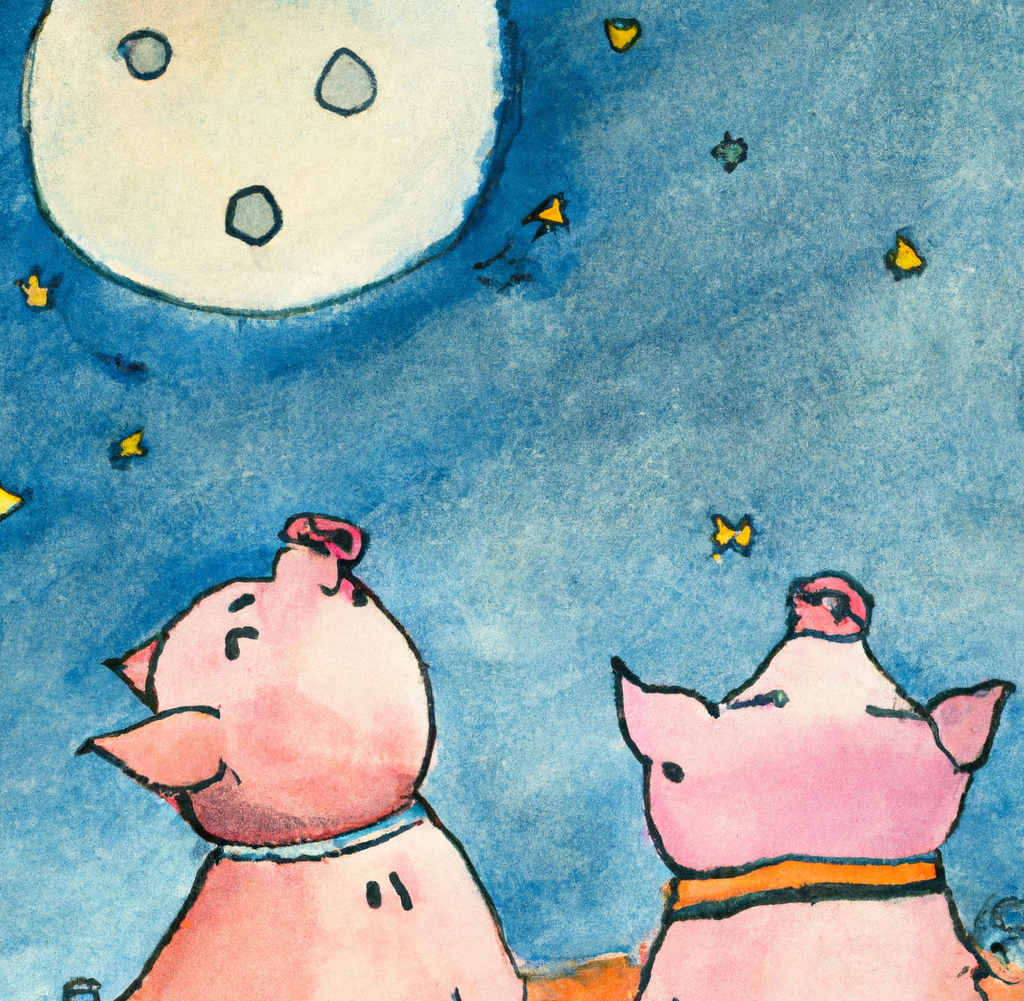
The immediate, “two pigs staring up on the moon, watercolor portray,” was plugged into DALL-E 2, an AI picture generator, producing the picture above. 81 % of Yale undergraduates thought that this picture was drawn by a human.
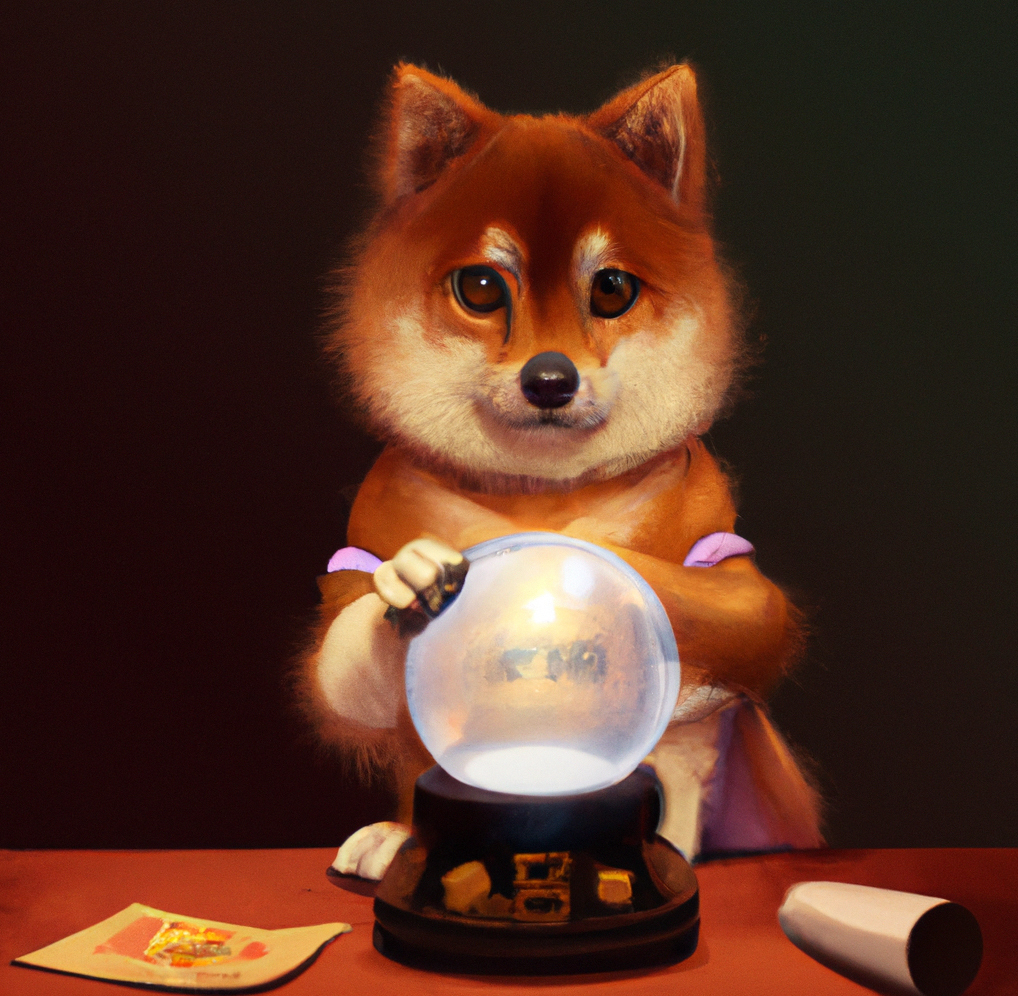
Whereas the earlier AI paintings confused respondents, this paintings was accurately guessed to be AI-generated by 86 % of respondents. The immediate, “a fortune-telling shiba inu studying your destiny in a crystal ball digital artwork,” was plugged into DALL-E 2 to provide the picture above. Notably, the shiba inu’s left pupil is lacking, together with different minor oddities.
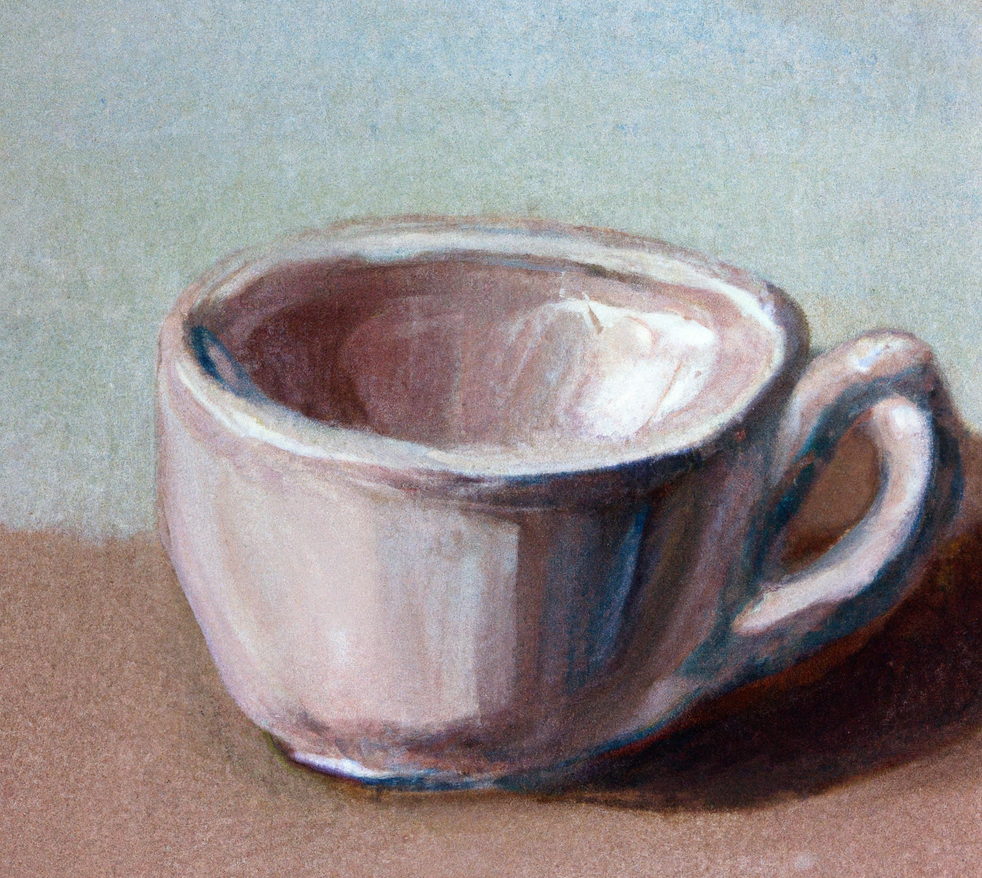
This AI-generated paintings, generated with the immediate “An empty teacup, oil portray,” tripped up 59 % of respondents who thought it was human-made.
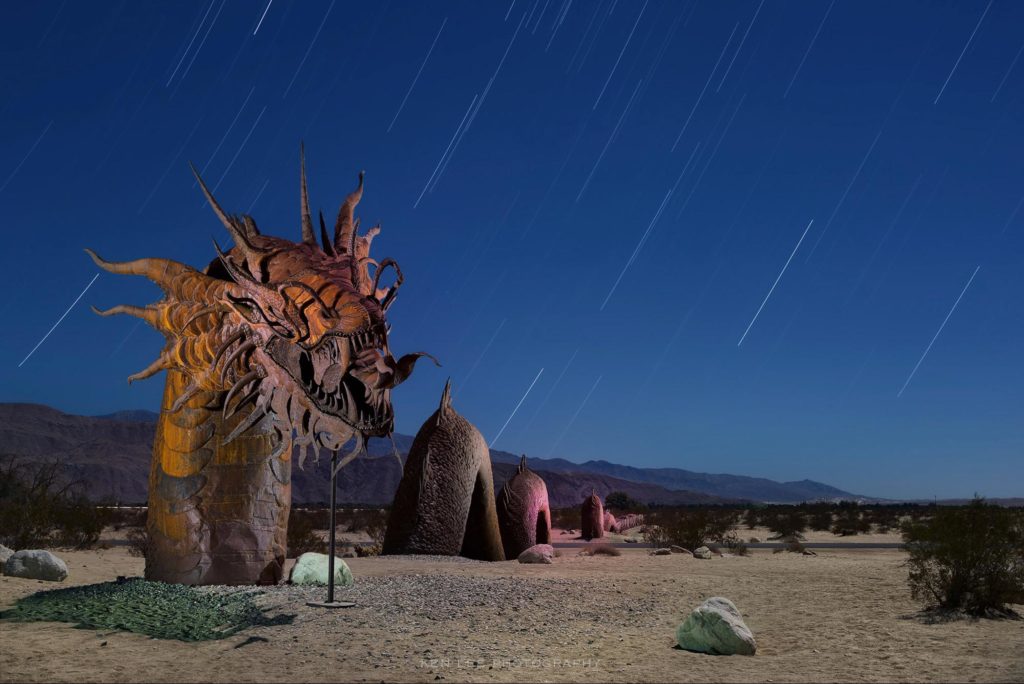
The human-made piece that confused essentially the most respondents within the survey was created by an artist named Ken Lee, who focuses on lengthy publicity images and has been revealed in quite a few magazines. In a survey of 504 Yale undergraduates, 66 % thought that Lee’s paintings was AI-generated. Lee was not stunned.
“The photograph is uncommon. Let’s face it, it’s bizarre trying,” Lee mentioned.
Most individuals shouldn’t have data of superior methods utilized by photographers, he famous, together with lengthy publicity night time images and lightweight portray, and should due to this fact assume that artwork that makes use of such methods is “faux.” Lee added that some photographers use AI to edit images, whether or not for altering backdrops and even shifting folks’s poses in portraits.
“My tinge of disappointment is extra concerning the state of affairs,” Lee wrote to the Information in an e-mail. “Folks have already got a deep distrust for images. Already, “Photoshop” is used as a verb: ‘I’m wondering if that’s Photoshopped?’ Within the not-so-distant future, we would say, ‘Unsure if it’s actual … that may very well be completely Midjourneyed!’”
Lee expressed concern over the growing distrust and suspicion in society, which extends to the information, science and past. To Lee, AI-generated artwork solely provides to humanity’s already current issue to discern what’s actual from what shouldn’t be.
How you can inform if artwork is AI-generated: Suggestions from an ideal scorer
Taranto was certainly one of solely two college students to attain an ideal nine-out-of-nine on the survey.
In line with Taranto, AI-generated work typically lacks logic inside the composition. Taranto referenced an AI-generated stained glass window she noticed lately, which showcased mushrooms and forest foliage. Nonetheless, trying nearer on the stems of the mushrooms and the branches of bushes, she noticed that branches had been popping out of “the center of nowhere” and had been snarled with no sense of the place they originated or what path they had been going. Some had been severed within the center.
“I’m unsure if the know-how behind these mills has caught up but with a view to mitigate these moments of confusion or unreason,” Taranto mentioned.
AI-generated items even have a “fuzzy kind of high quality” on the edges and within the overlap of sure topics inside the composition, Taranto defined. There are sometimes areas of discoloration randomly showing within the items. AI artwork generally defies sure fundamentals of design, together with the grid rule and the institution of factors of focus inside the piece.
Cheng additional defined that AI artwork mills have issue producing textual content and nice particulars like faces and palms.
Noting these widespread errors, scholar artist Cailin Hoang ’25 thinks the pictures generated by AI must be additional rendered or perfected by an artist to be plausible. Till AI advances previous these points, she mentioned, it might encounter issue being a standalone substitute for artists.
AARON is considered one of many first AI artwork mills and was developed by Harold Cohen within the late Nineteen Sixties.


